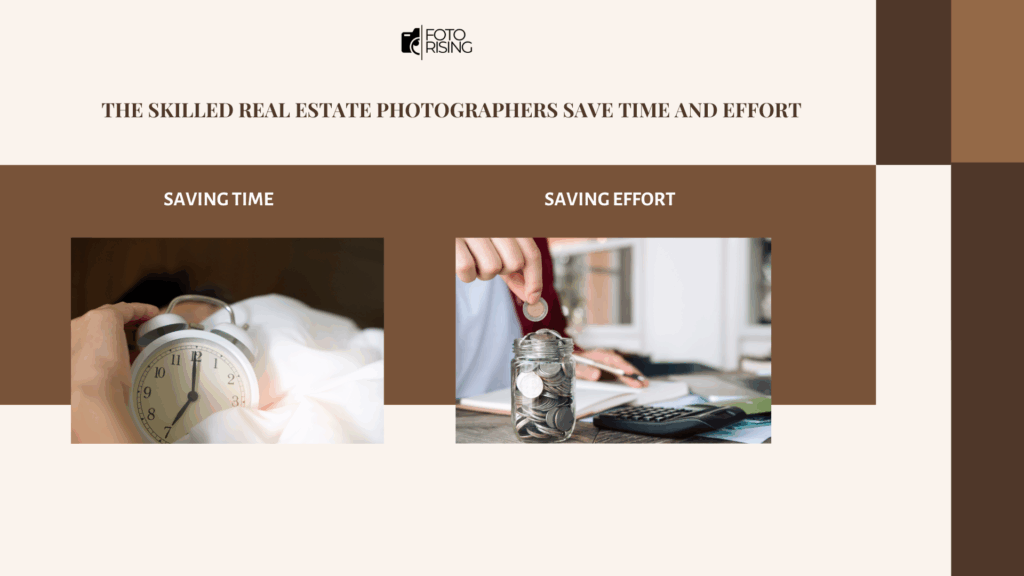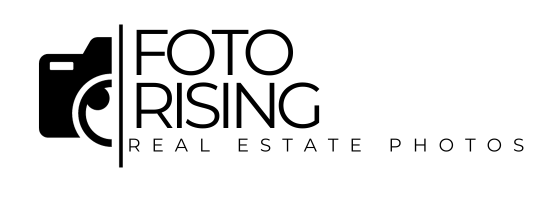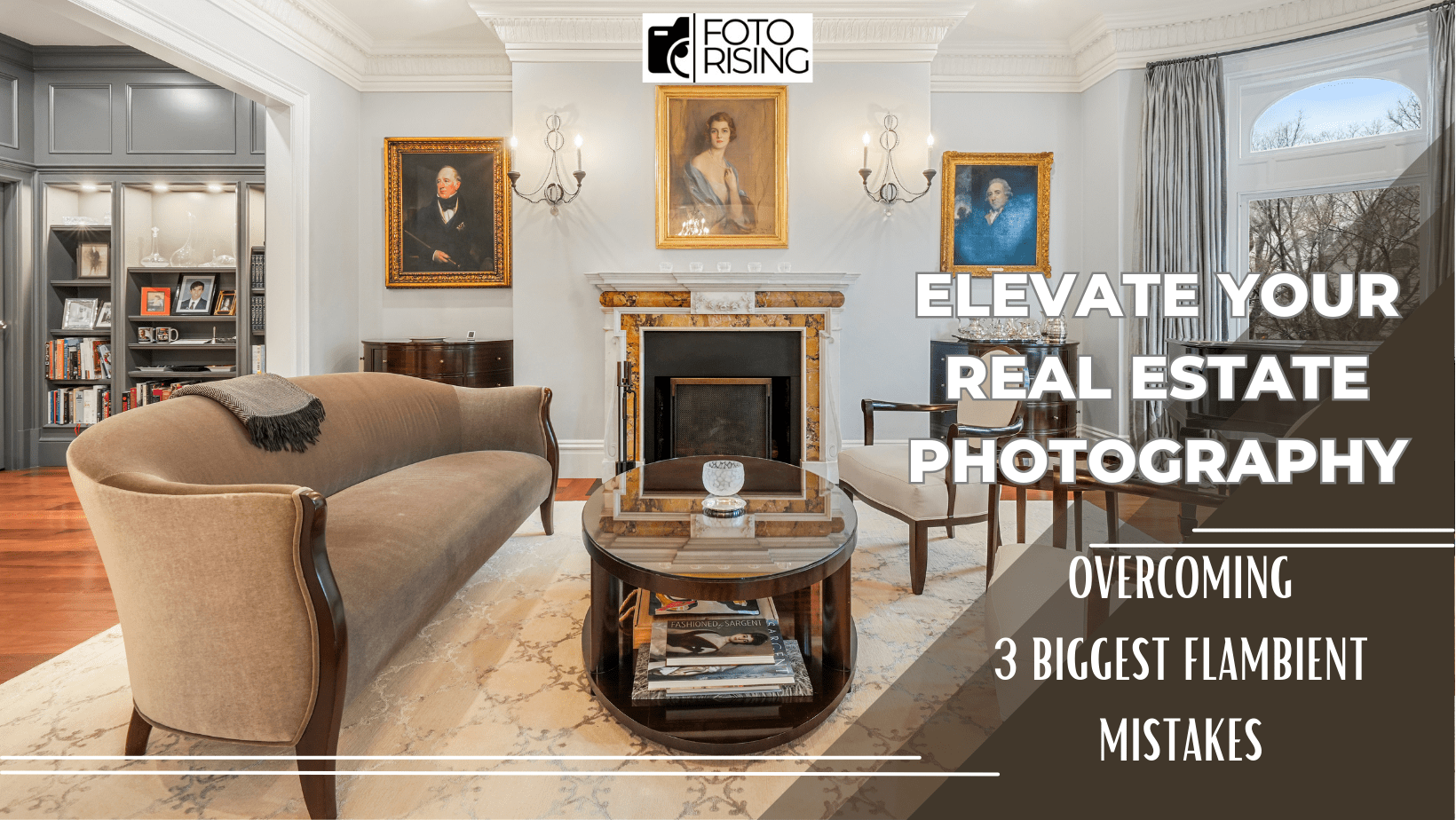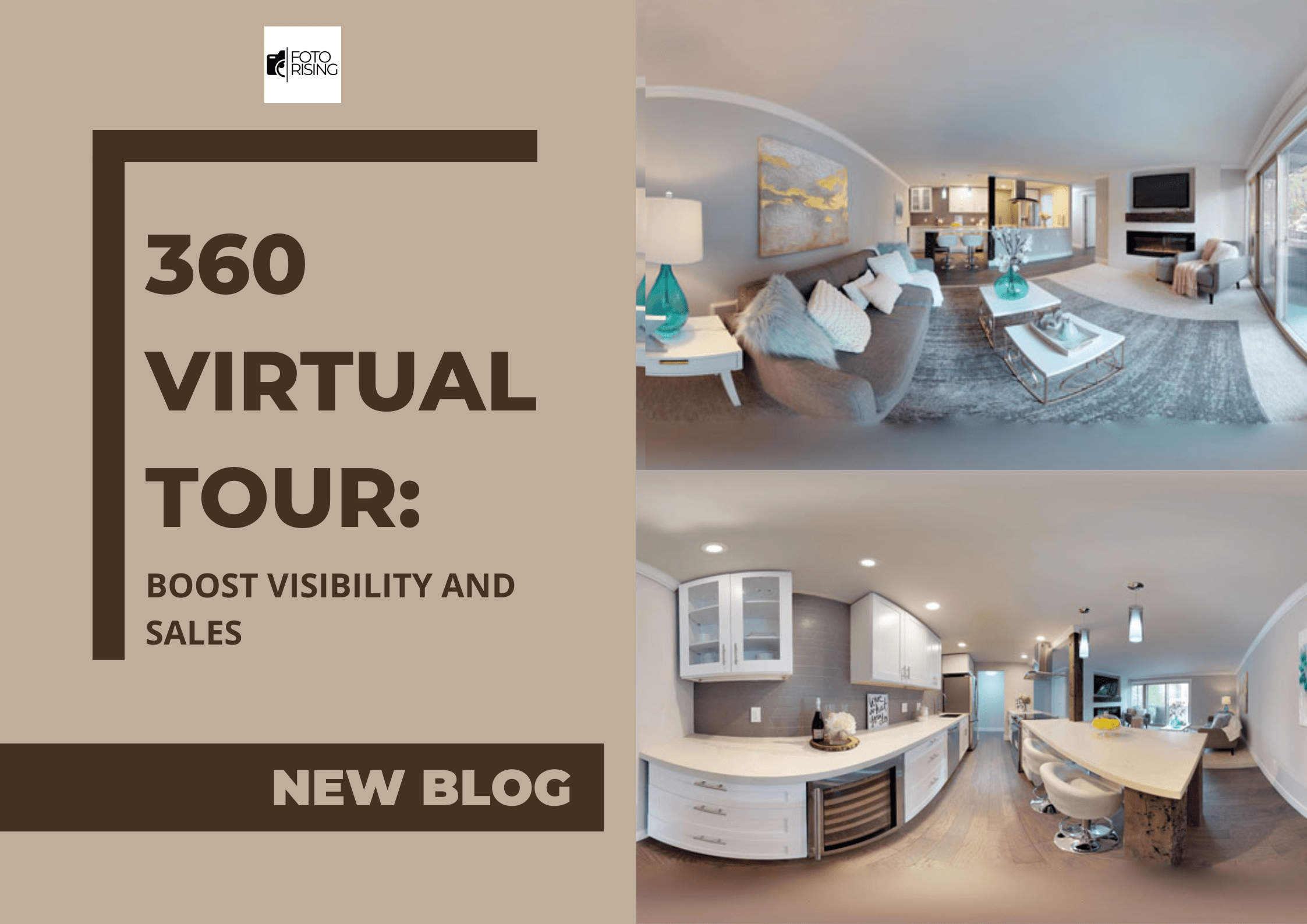Search Blog
Hit enter to search or ESC to close
Trending Now
3 Biggest Mistakes in Flambient Real Estate Photography – How to Master?
- Get link
360 Virtual Tour: Boost Visibility and Sales
- Get link
- Get link
- Get link
Why lighting helps sales Real estate
1. The Power of First Impressions in Real Estate Photography.
In real estate photography, clean, bright, and authentic images play a vital role in capturing buyer interest. These visuals help potential buyers imagine themselves living in the space, creating an emotional connection before they ever step foot inside.
Moreover, with 90% of information processed visually and 80% of visual content remembered, impactful imagery is essential for making lasting impressions. Buyers aren’t just evaluating a property based on its features—they’re also responding to the emotions and lifestyle that professional real estate photography conveys. High-quality images ultimately influence purchasing decisions by turning listings into compelling, memorable experiences.
2. High-quality photos create value and trust in your house.
Agents or sales invest in real estate photography which show the stunning shooting of the house and professional service that customers are looking for. A photo shooting must be full of information, clean image, catchable and unique. It is also a way to keep a connection between customer and agent and they will feel safer when making a decision buying real estate.
3. The Skilled Real Estate Photographers Save Time and Effort
Have you ever spent 3–5 hours photographing just one property? In the fast-paced world of real estate photography, time is a valuable asset-especially when managing multiple shoots in a single day. To stay competitive, it's essential to capture high-quality images quickly and effectively.
Ideally, each real estate photography session should be completed in under 3 hours without compromising on professionalism or visual impact. By streamlining your workflow, you can increase productivity while consistently delivering stunning results that attract buyers and enhance listings.

Additionally, keep in mind that post-processing still takes time, so streamlining your workflow is key. If you can provide a sample photo, we can better estimate the time required. For beginners, let’s explore practical strategies to speed up your process and sharpen your real estate photography skills.
Real Estate Lighting Basics
1. Adjust Camera Settings for Proper Lighting
Modify the sharpness and color tone to ensure the image appears bright, clear, and accurately represents the colors. Prevent camera shake to avoid blurry or overexposed images. Photographer should ensure the lighting is tested before taking the final photograph. The majority of modern cameras feature an automatic light metering mode that relies on the device's software and sensors to assess the intensity of light within the frame.
This enables the system to optimize exposure settings for achieving well-balanced brightness and color. For professionals, manual light metering is essential to fine-tune the camera’s aperture, shutter speed, and ISO, ensuring optimal photo quality in any lighting condition.
2. Boost Real Estate Photography Quality with Natural Light
Great real estate photography depends on timing, lighting, and composition. Soft natural light in the morning or afternoon improves clarity and visual appeal. Adjust angles to highlight interior features and maintain even lighting. Indoors, use the three-point lighting method-key, fill, and backlight-to add depth and dimension.
To capture stunning real estate photos, timing and sunlight direction are crucial. For optimal natural light, photograph east-facing rooms in the morning, west-facing in the afternoon, north-facing between 10 a.m. and 2 p.m., and south-facing spaces during early morning or sunset.
However, in low-light or nighttime conditions, switch to aperture or ISO priority modes to maintain proper exposure and ensure bright, color-accurate images. Additionally, be cautious of intense natural light, as it can cause glare, harsh shadows, and color distortion. By mastering lighting techniques, you’ll produce higher-quality real estate photos that attract more potential buyers online.
Mastering lighting and timing ensures polished, professional images that showcase properties at their best. This not only enhances listing appeal but also boosts SEO performance by attracting more views and potential buyers or renters.
3. Improve Real Estate Photos with Bounce Flash Lighting:
To elevate your real estate photography in dim or flat lighting, use a bounce flash to simulate natural light. Specifically, aim the flash at a white or light gray wall or ceiling to diffuse the light. As a result, you create a soft, directional glow that mimics sunlight, adds depth, and minimizes harsh shadows.
Moreover, this technique brightens interiors and enhances room appeal-essential for attracting potential buyers. Avoid pointing the flash directly at an entire wall or ceiling, as it can lead to uneven lighting and overexposed areas. When used correctly, bounce flash improves image quality, highlights room details, and delivers a polished, professional look-critical for effective SEO in real estate listings.
4. HDR for Real Estate Photography: Capture Balanced, Vivid Images
HDR (High Dynamic Range) photography helps achieve balanced lighting by merging multiple exposures - usually underexposed, properly exposed, and overexposed - into one image. It's especially useful when shooting quickly or without additional lighting equipment.
Accordingly, this technique reveals greater detail in both bright and dark areas, resulting in a more dynamic and realistic image. To get the best results, use reliable HDR software that simplifies the blending process and allows for natural-looking adjustments. With practice, you’ll learn to fine-tune the balance to avoid an over-processed look and create polished, professional-quality photos.
Final Thoughts
As a real estate professional, investing in your visual image is not only essential for attracting potential clients but also for strengthening your personal brand. Therefore, take the time to stage each property thoughtfully, capture high-quality professional photos, and showcase them effectively across social media platforms and real estate websites.
This strategic approach not only increases your online visibility but also builds trust with clients and accelerates the sales process. In the competitive real estate market, a strong visual presence can significantly boost your chances of closing successful transactions.
Reference:
3 Biggest Mistakes in Flambient Real Estate Photography – How to Master?
How to Choose a Camera and Lens for Real Estate Photography
Best Cameras for Real Estate Photography in 2024: A Buyer’s Guide
You May Also Like
10 Best Photo Editing Programs for Real Estate in 2024
- Get link
3 Biggest Mistakes in Flambient Real Estate Photography – How to Master?
- Get link
360 Virtual Tour: Boost Visibility and Sales
- Get link



